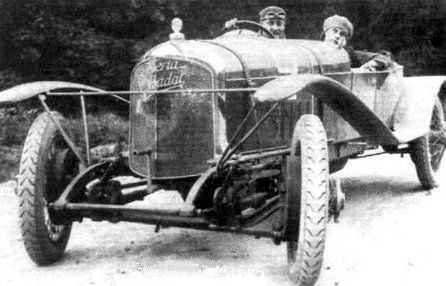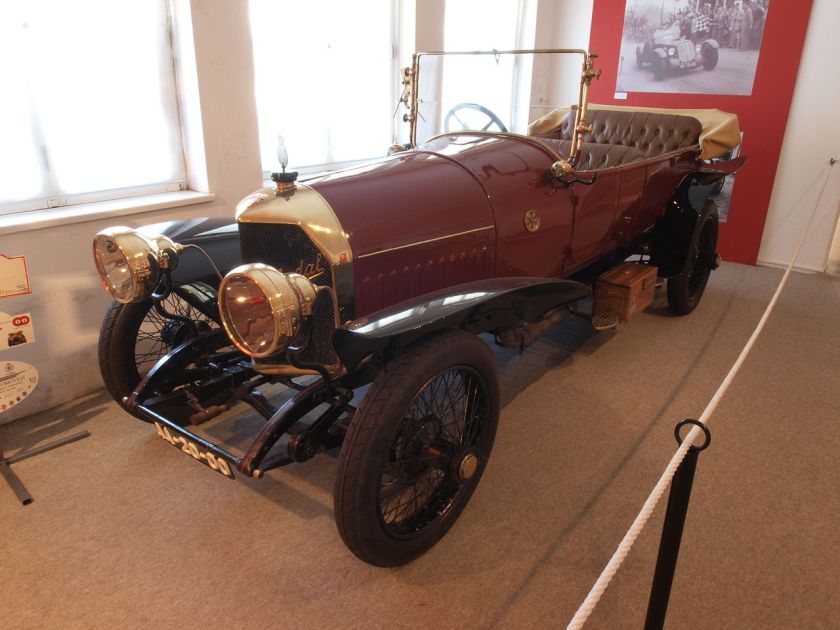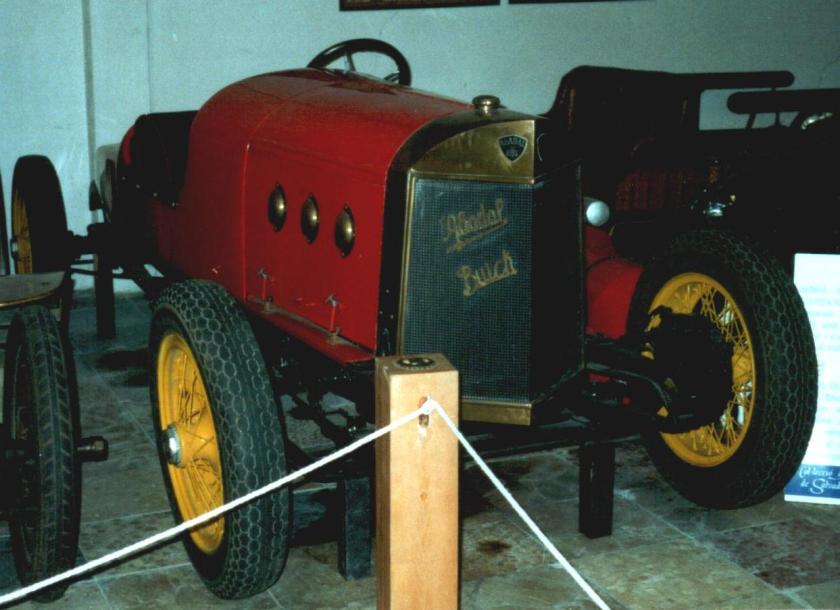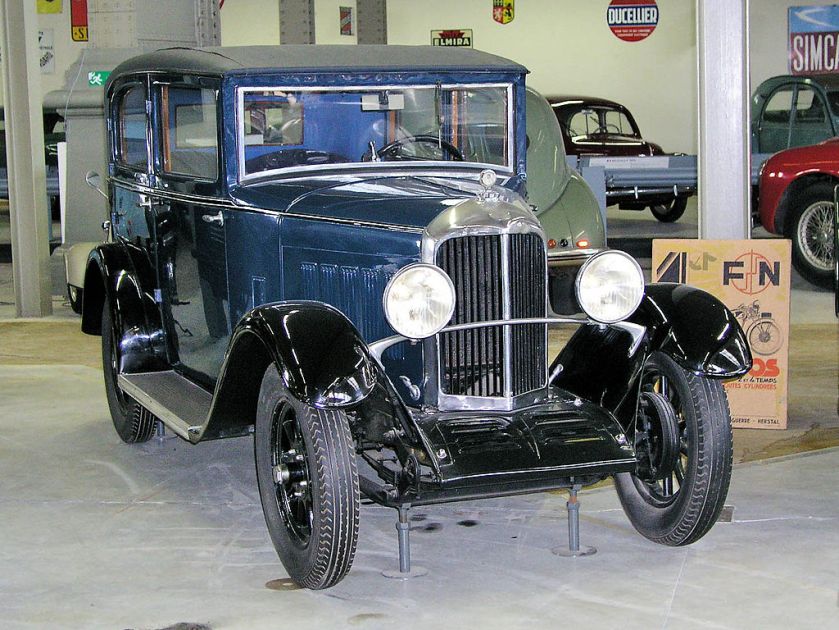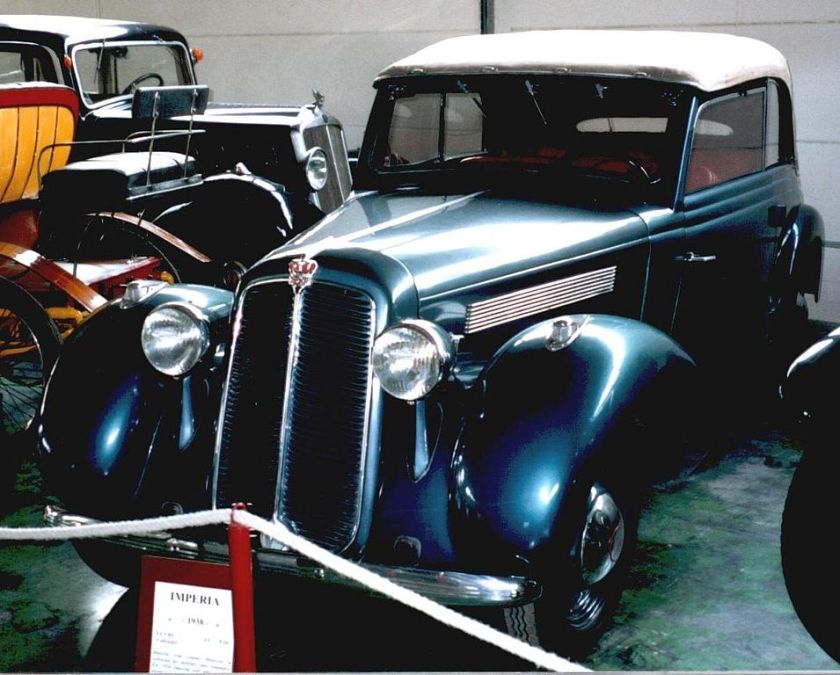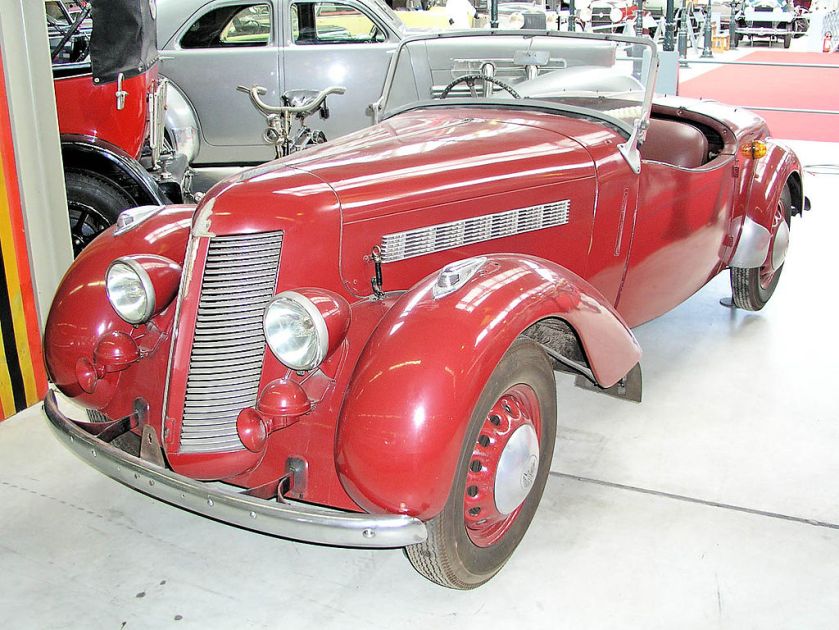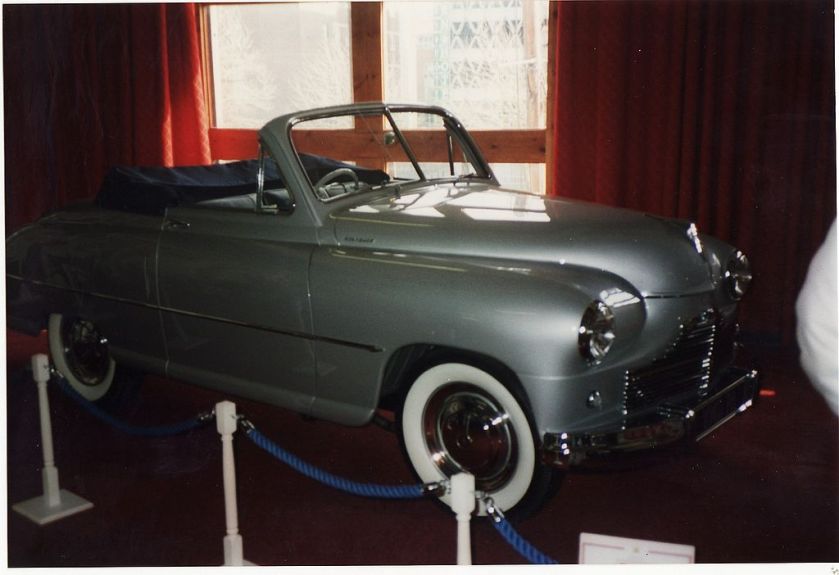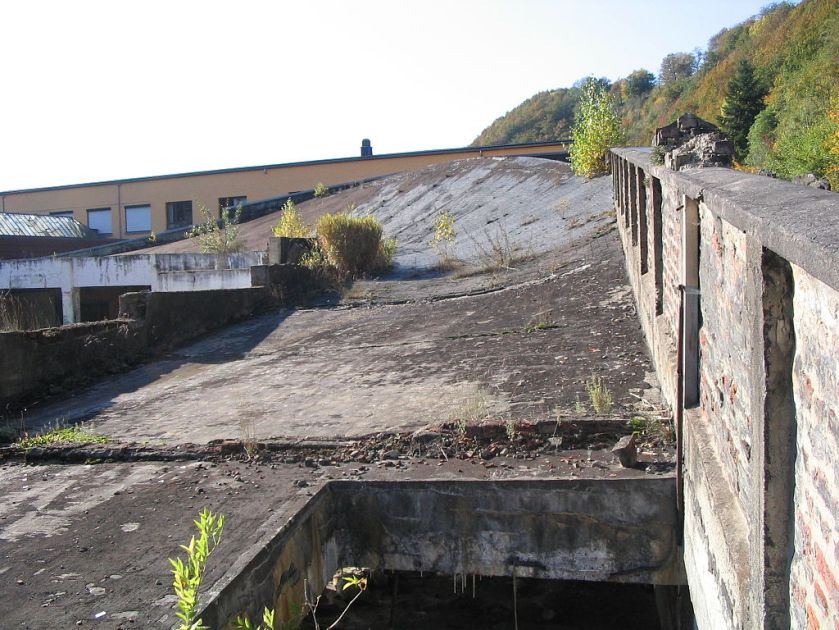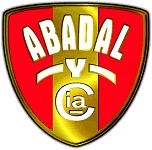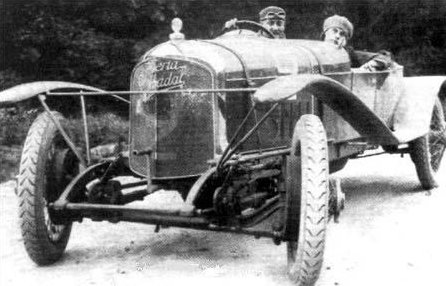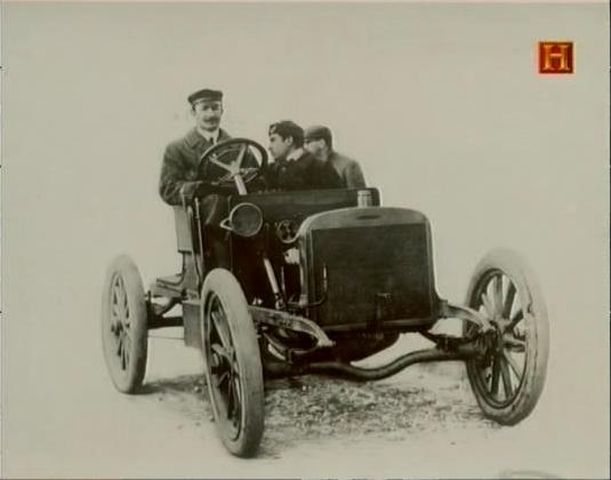Abadal
The Abadal was a Spanish car manufactured between 1912 and 1923, named after Francisco Abadal. Considered a fast luxury car, it was closely patterned on the Hispano-Suiza and offered in two models. One had a 3104 cc four-cylinder engine while the other had a 4521 cc six-cylinder engine.
Soon after the inception of the Abadal line, the Belgian company Impéria began building Abadals under license as Impéria-Abadals. In 1916 Abadal acquired the Buick agency, and Barcelona-built Abadals after that year had Buick power units and featured custom coachwork. These cars were called “Abadal-Buicks”. M. A. Van Roggen (formerly of Springuel) took over the Belgian operation soon after, and built around 170 more Impéria-Abadals. Among the models produced were a 2992cc 16-valve four-cylinder OHC sports model and three prototype 5630 cc straight-eights. The company ceased automobile production in 1923.
Francisco Abadal (nicknamed Paco) was a Hispano-Suiza salesman and racing driver in Barcelona. He began this enterprise in 1912, and upon its cessation became an agent of General Motors in Spain. General Motors’ plans in 1930 related to a prototype named the Abadal Continental never materialised.
Abadal Y-12 aero-engine
Abadal also produced the Abadal Y-12 aero-engine, a multiple bank in-line engine with twelve cylinders in three banks of four arranged in a Y.
References
- Jump up^ Burgess Wise, David (1979). The Illustrated Encyclopedia of Automobiles. London: New Burlington Books. ISBN0 906286 16 6.
Imperia Automobiles
Impéria Automobiles was a Belgian automobile factory, active from 1906 until 1948. The factory in Nessonvaux, Liège, Belgium, had a rooftop test track since 1928.
History
Impéria was a Belgian automobile manufactured from 1906 until 1948. Products of the Ateliers Piedboeuf of Liège, the first cars were designed by the German Paul Henze. These were four-cylinders of 3, 4.9, and 9.9 litres. The next year, the company moved to Nessonvaux, Trooz municipality, and began production in the old Pieper factory. Impéria produced a monobloc 12 hp (8.9 kW) in 1909. In 1910, the company merged with Springuel.
The Nessonvaux factory began producing Impéria-Abadals from about 1916. In 1921, it built three ohc 5.6-litre straight-eights. These were quickly replaced by an ephemeral ohc 3-litre 32-valve four-cylinder which had a top speed of 90 mph (140 km/h). This was followed by an 1100 cc slide-valve 11/22 hp four designed by Couchard, one of the first cars ever built with a sunroof. Its engine rotated counterclockwise, and its transmission brake also served as a servo for those on the front wheels. In 1927 a six-cylinder of 1624 cc appeared; this had been available in three-carburettor Super Sports form from 1930.
In 1925, the company hired Louis de Monge as chief research engineer. Some of his work included torsion bar suspension and automatic transmissions. De Monge left in 1937 to join Bugatti, where he would design the Bugatti 100P racer plane.
Around and on top of the factory buildings, there was a test track over 1 km long. The track was built in 1928. The only other rooftop test tracks were on Fiat’s Lingotto plant, opened in 1923, and Palacio Chrysler in Buenos Aires, opened in 1928.
Over the course of four years, Impéria took over three other Belgian car manufacturers: Métallurgique (1927), Excelsior (1929), and Nagant (1931). From 1934 until the company folded it built mainly front-wheel-drive Adlers with Belgian-made coachwork. The company merged with Minerva in 1934, but they split in 1939.
In addition to its production in Belgium, Impéria made a number of cars in Great Britain; these were assembled at a factory in Maidenhead.
From 1947 to 1949 Impéria built its last model TA-8 which combined an Adler Trumpf Junior-type chassis with an engine originally intended for the Amilcar Compound.
After 1948 Impéria assembled Standard Vanguards under license and also built a unique convertible version. After Standard decided to set up a new factory in Belgium, the factory was left without work and had to close doors in 1957.
In popular culture
In Michael Chabon‘s 2004 novel The Final Solution, set in 1944, the Anglican vicar drives a Belgian Impéria.
2009 revival
The Imperia GP was going to be sold in 2013. The car was designed by Denis Stevens. The Imperia GP roadster would have had PowerHybrid motorization technology developed by Green Propulsion.
Pictures from my collection:
References
- Jump up^ Pegasus, newsletter of the Bugatti Association, issue 23
- Jump up^ “Trooz (Municipality, Province of Liège, Belgium)”. 12 January 2010.
- Jump up^ “Testing cars on the factory rooftop – Imperia (Nessonvaux, Liège, Belgium)”. 21 April 2009.
- Jump up^ Ritzinger, André. “Imperia TA-8”. http://www.ritzsite.nl. Retrieved 10 July 2013.
- Jump up^ The Final Solution, pp. 87, 88.
- Jump up^ “Imperia Automobiles”. Imperia-auto.be. Retrieved 19 July 2009.
David Burgess Wise, The New Illustrated Encyclopedia of the Automobile
External links
History of the company (in French)
